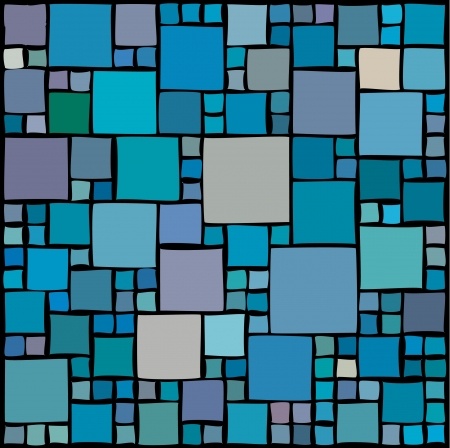Well, not necessarily, but you probably could be doing it better. What is “creativity” and how do we make it happen?
Most people consider creativity to consist of the process of coming up with “new” ideas, generated from talent, inspiration and even “genius.” While this makes a good, dramatic movie, it doesn’t actually help us mortals get more done. Let’s look at what (for me, at least) really happens when we create. In this series, we will take a new look at this human mystery, and how we might improve our output as artists.
A Numbers Game
Recently, my son introduced me to a game on my iPad called “2048.” There is a checkerboard grid that contains blank spaces and numbers. The starting point is mostly empty with randomly-selected squares filled with the number “2.” upon moving any numbers to new squares, a new number is added to the grid. The goal is to combine adjacent twos to make four, fours to make eight, etc. until you reach 2048; this would require combining pairs of numbers ten times in a row. If you accidentally fill the entire grid and there are no pairs left to combine, the game is over.
What I discovered with this game was that while various strategies to move ahead were helpful under certain circumstances, mostly it was “random” moves that kept the game progressing. I discovered that if I only used “rules” about what to do, I scored lower than if I just “shuffled the deck.” The power of randomness.
Nobody’s Home
Now, pure random shuffling would very quickly end the game, so I am not advocating chaos and mindlessness. Instead, what I discovered was that after each random shuffle, I would re-inspect the grid, and under certain circumstances follow a prescribed strategy. For example: if there were two or more pairs that could be combined in one move, this would lower the number of squares occupied, since only one number is added per move. This is logical, since a full grid ends the game. I also found that if the grid was full, I would go into “survival” mode and do whatever it took to reduce the number of squares. Finally, and most importantly, if there was a clear path to combine larger numbers and move forward toward the goal, that would also be a logical choice.
The overall lesson here: In a situation where the outcome is too complex to predict, (and creativity is, by nature such a situation) we use the following:
- Randomness or chance: this presents us with new, unexpected possibilities.
- Observation and evaluation of those results.
- The use of opportunities that appear: in the game, this would be the larger number pairs that moved us toward the goal.
- Strategies for keeping things moving along: in our example, this was our plan to keep the grid from “loading up” too quickly.
- Problem-solving: when a situation occurs that is a potential game-ender, we have a strategy to “repair” the situation. In our game, this was our way of “surviving” a situation that could result in a “dead end.”
It’s Still a Mystery
Before we reduce all of this to a combination of mindless chance and cold strategy, we still have a lot to examine, such as human emotion, language, and social communication, all of which are part of what we call “art.” Next time, we will look into controlled randomness or what I call “Relevant Results.”
Questions:
- Do you ever “shuffle the deck” to get some new ideas?
- How do you evaluate the results of random outcomes?
- Have you gotten stuck trying to “think” your way out of a blank page?


